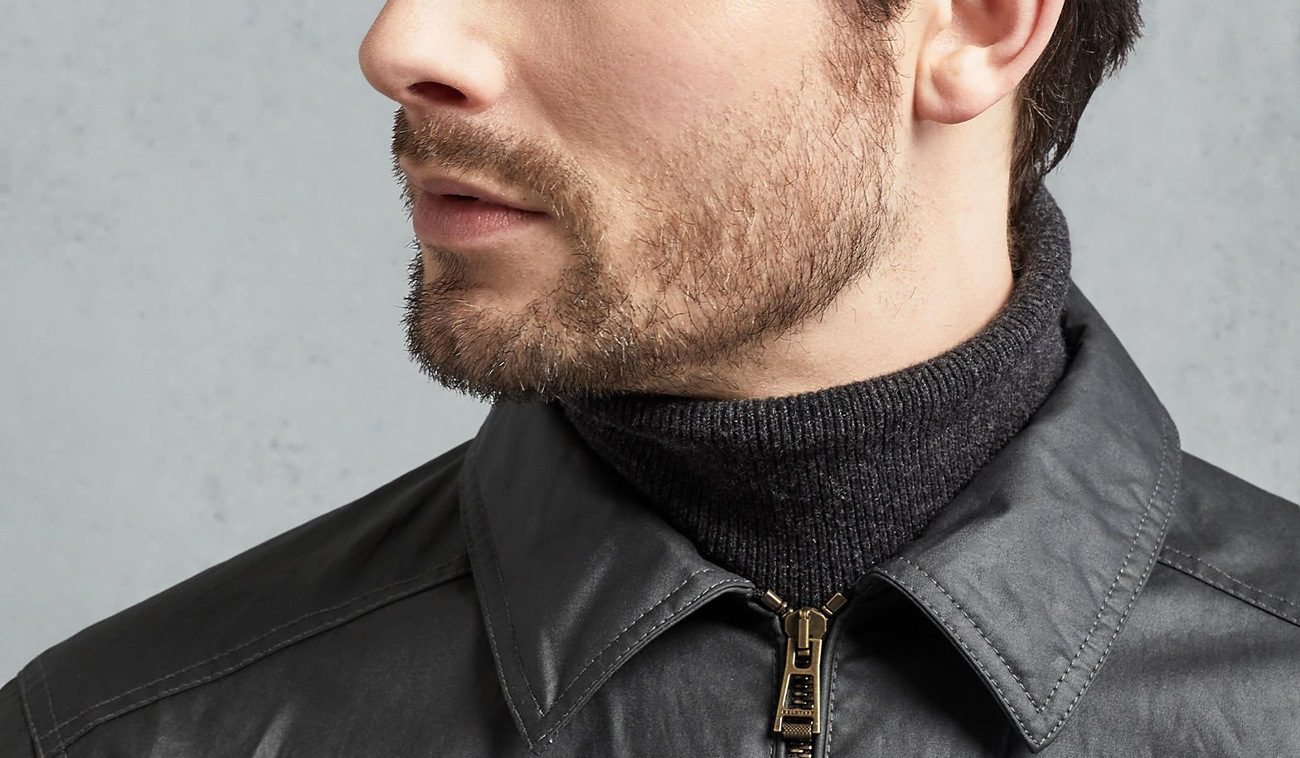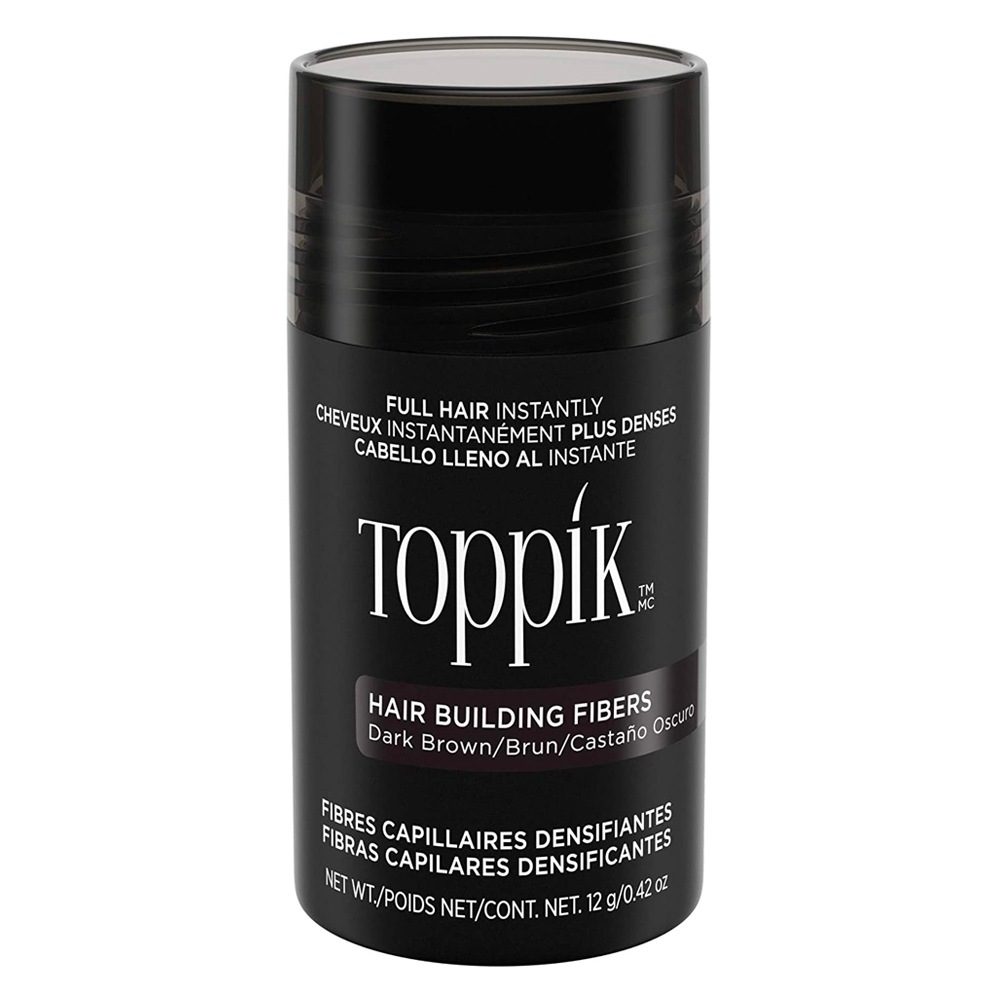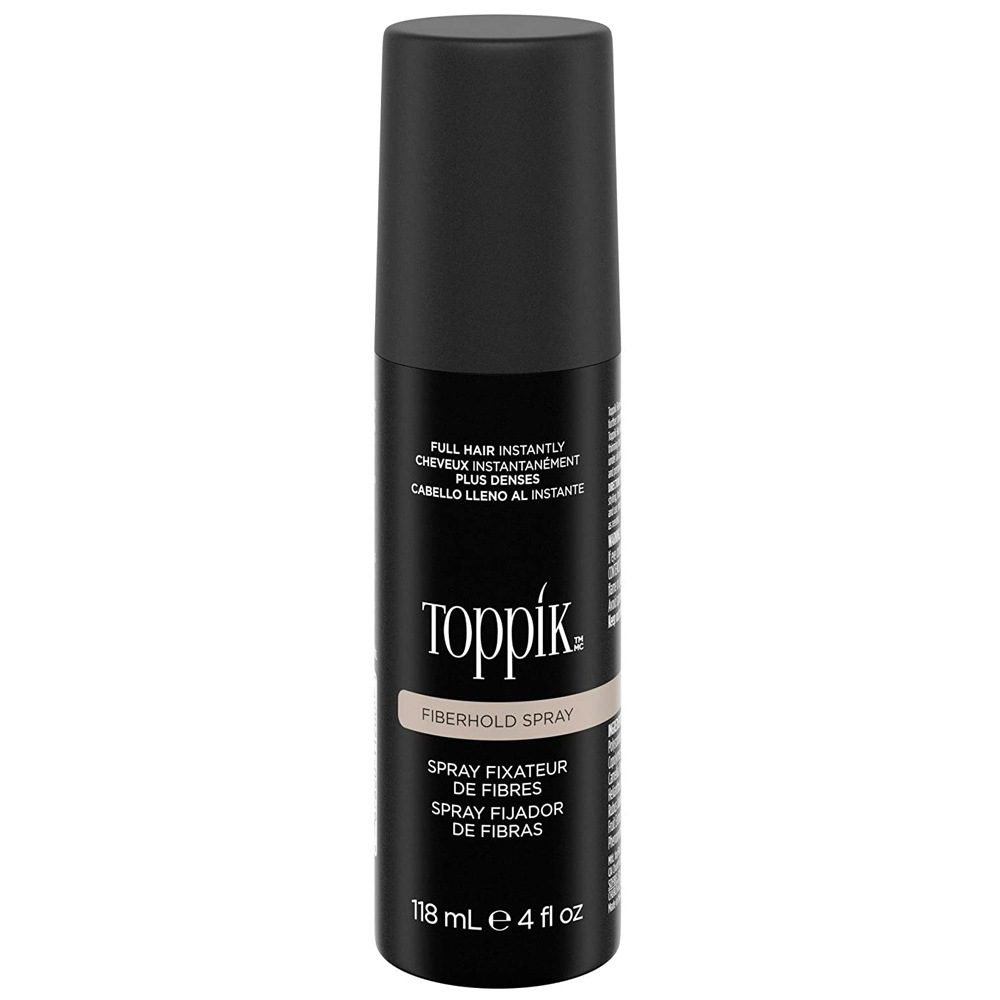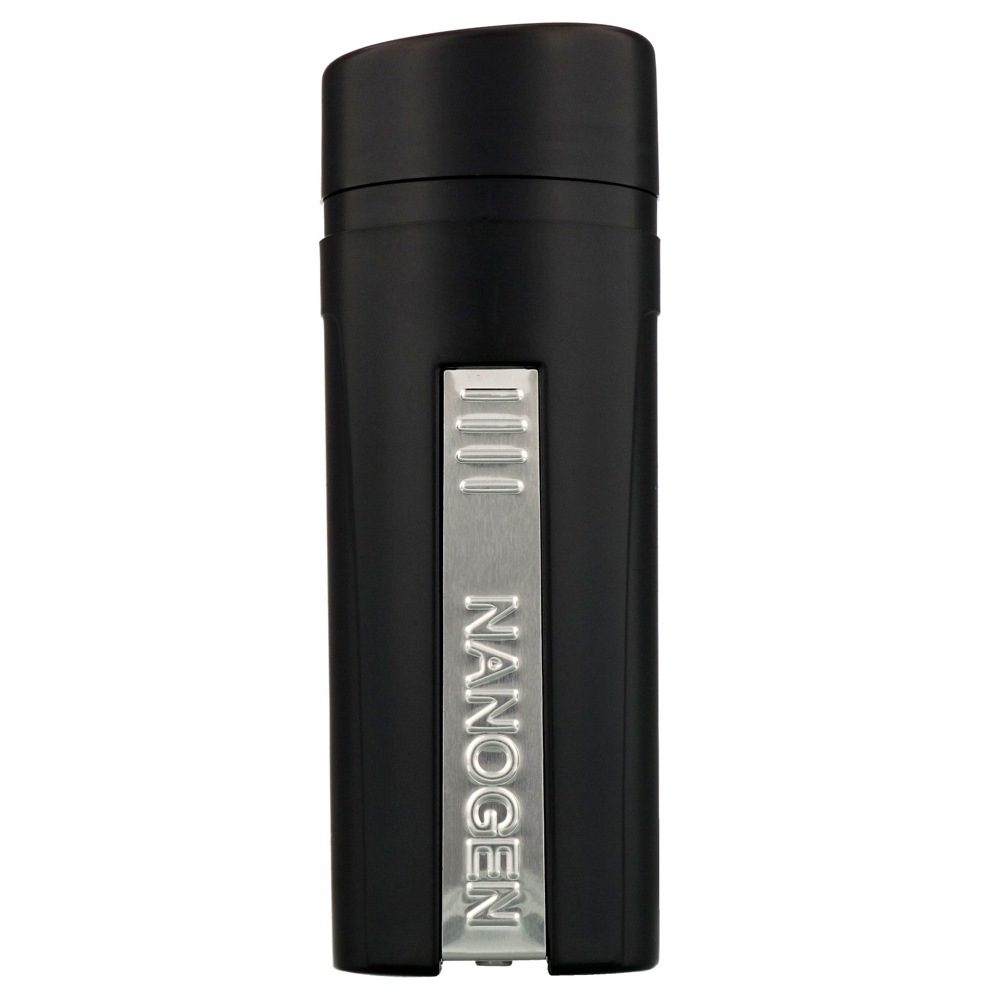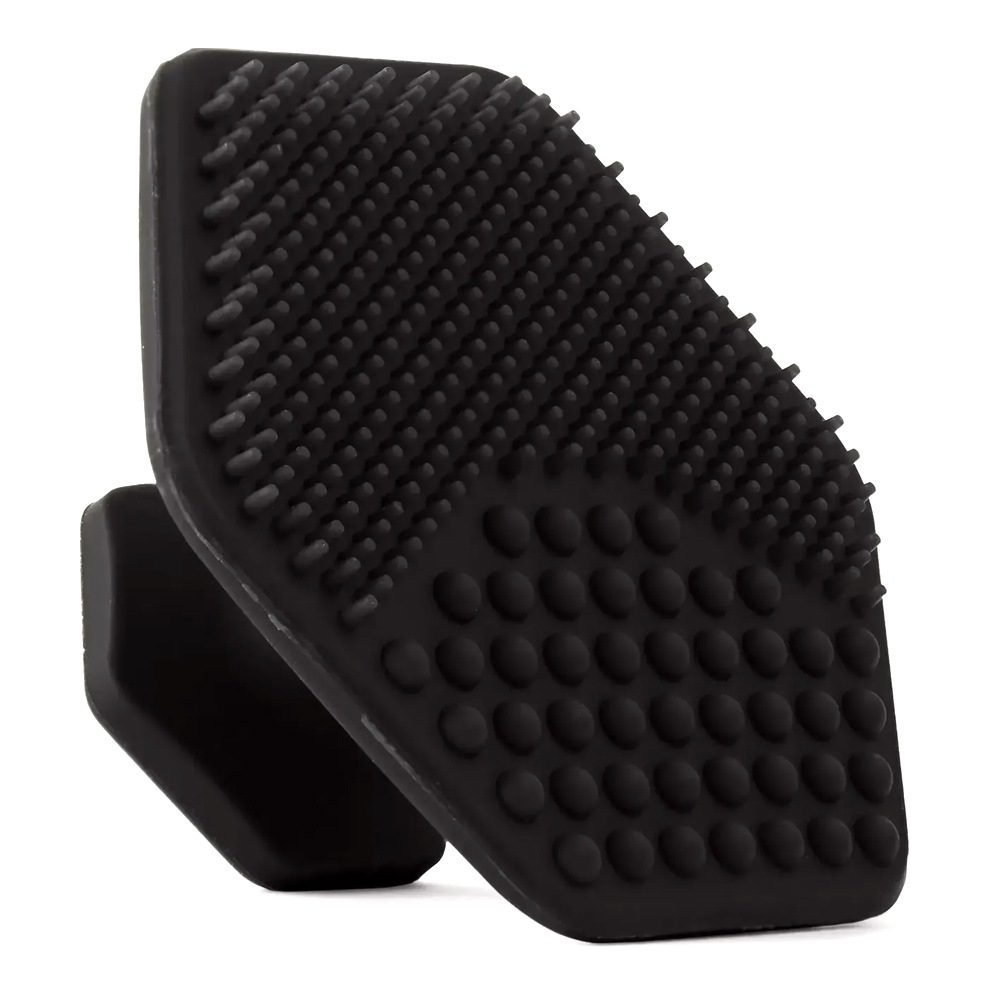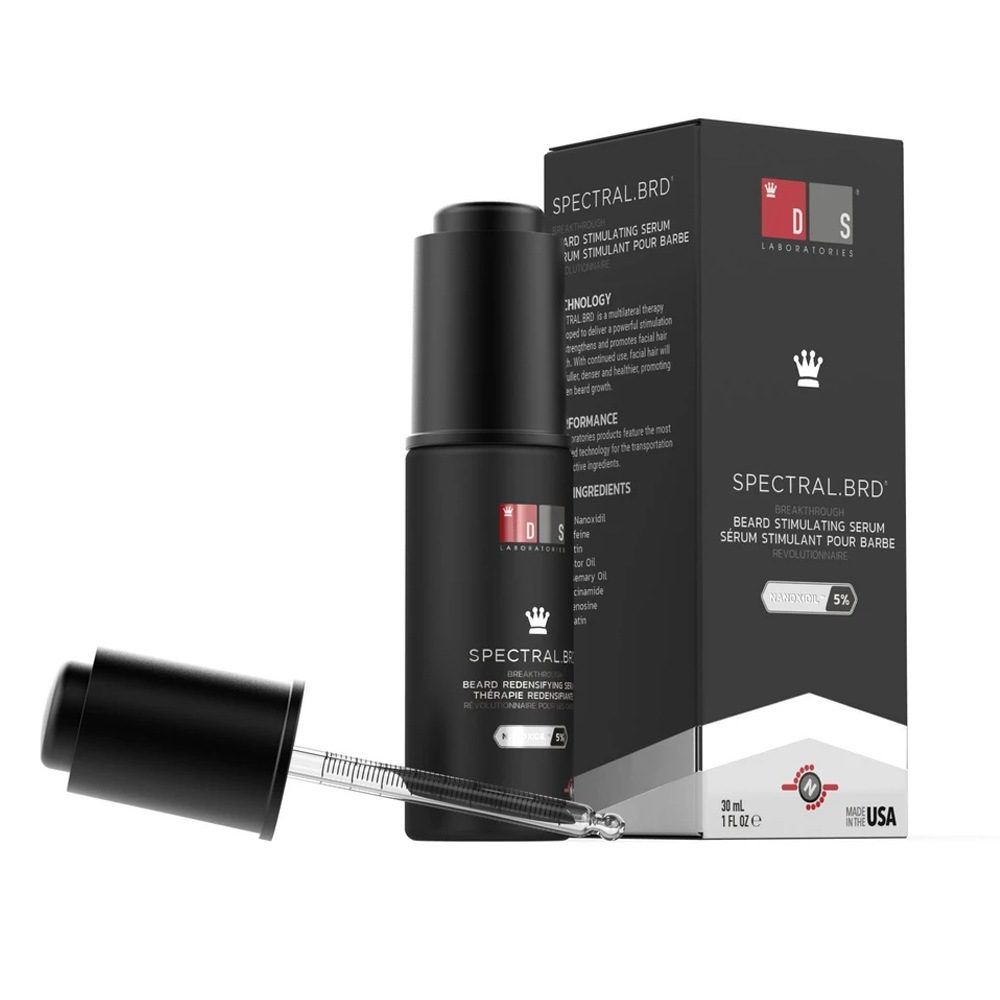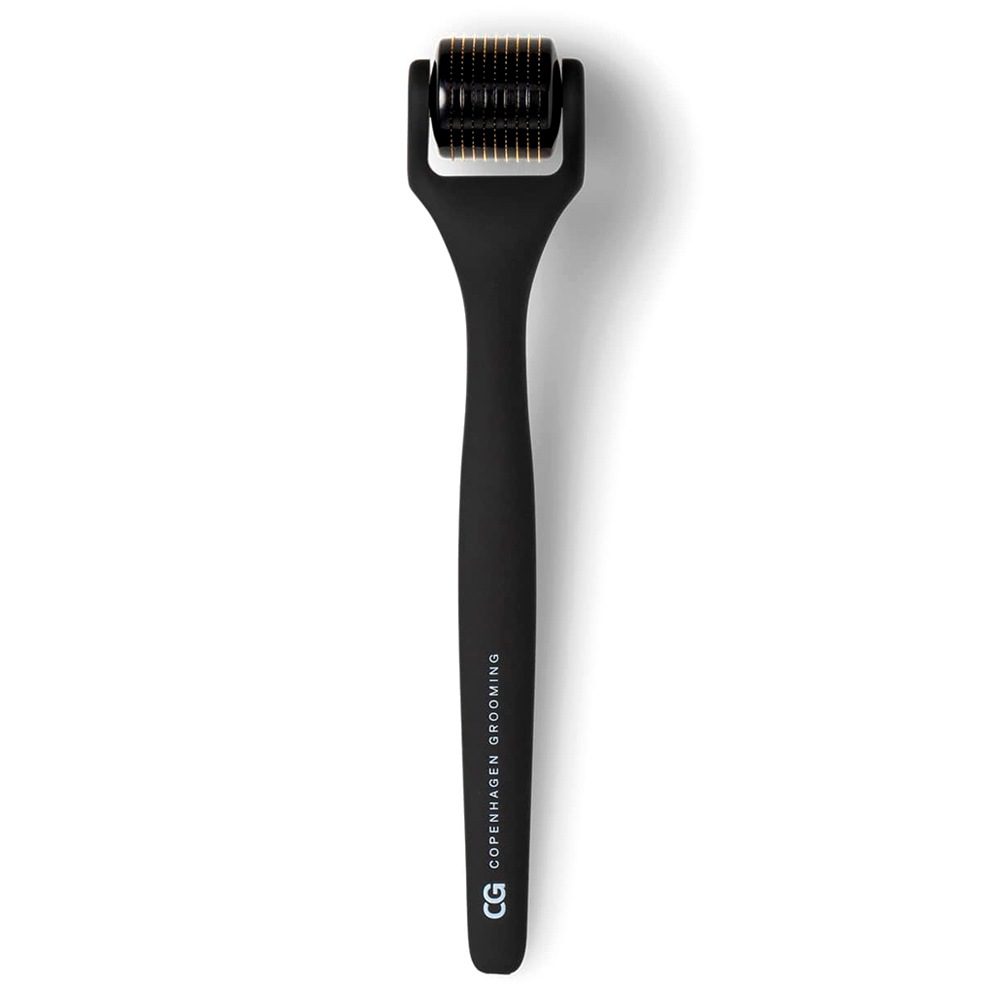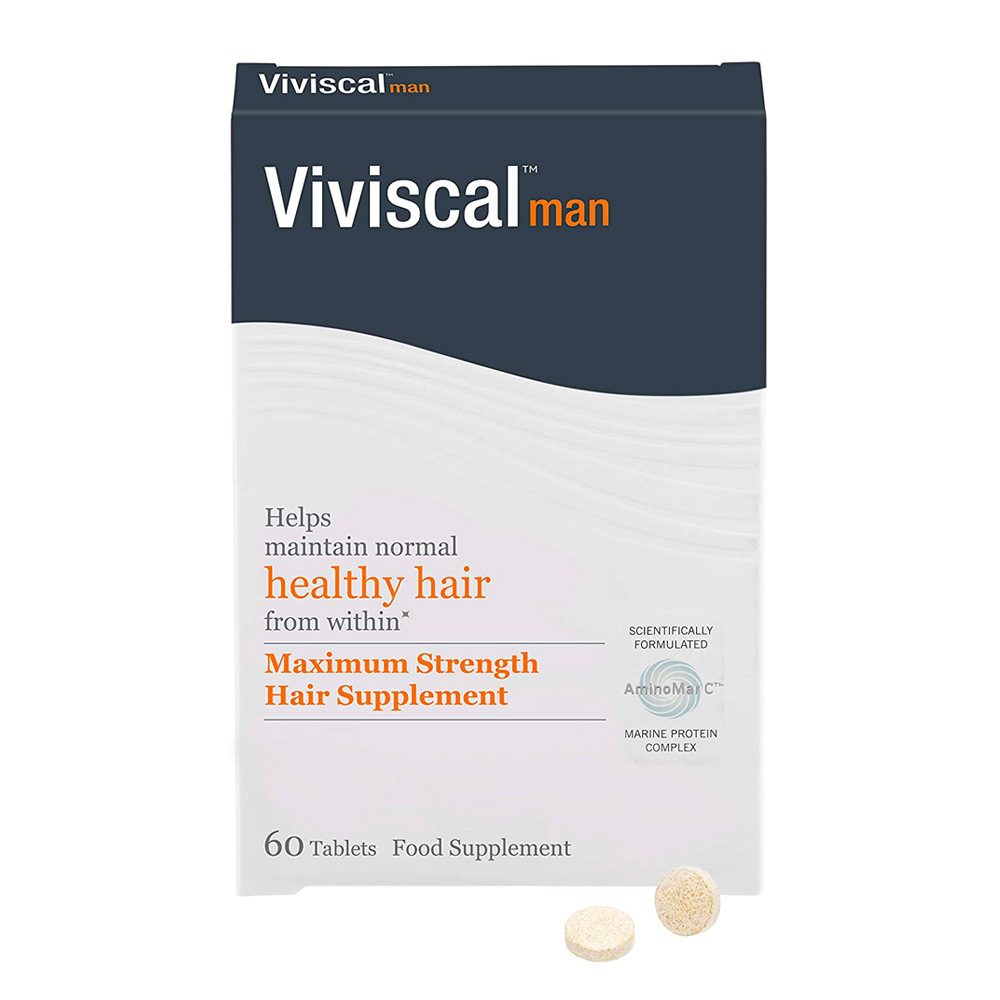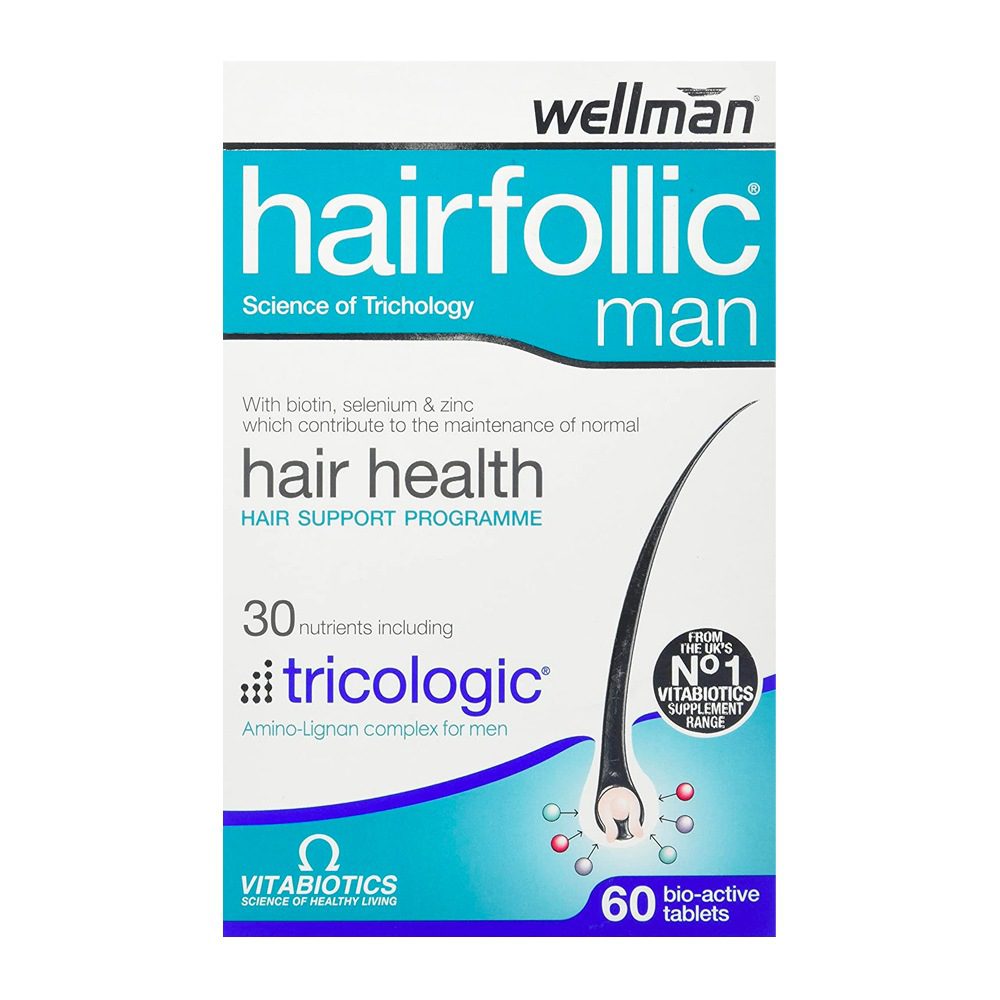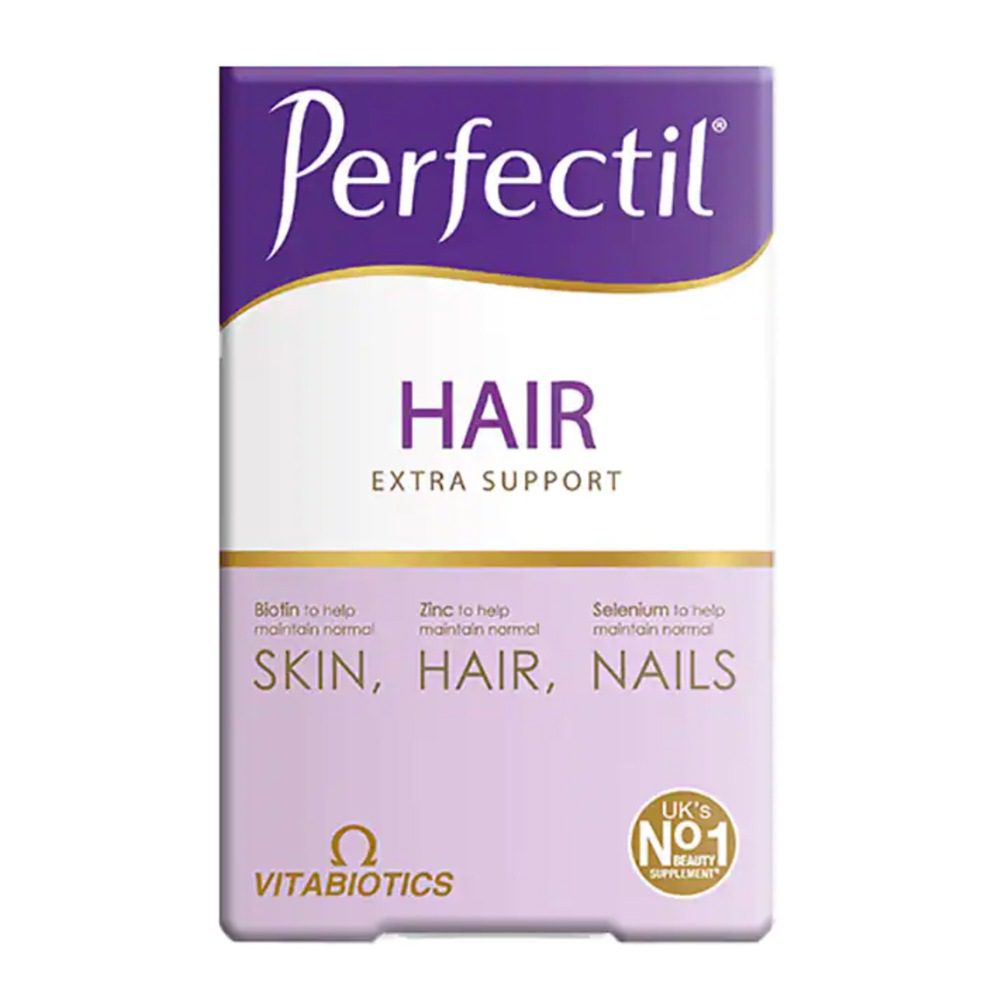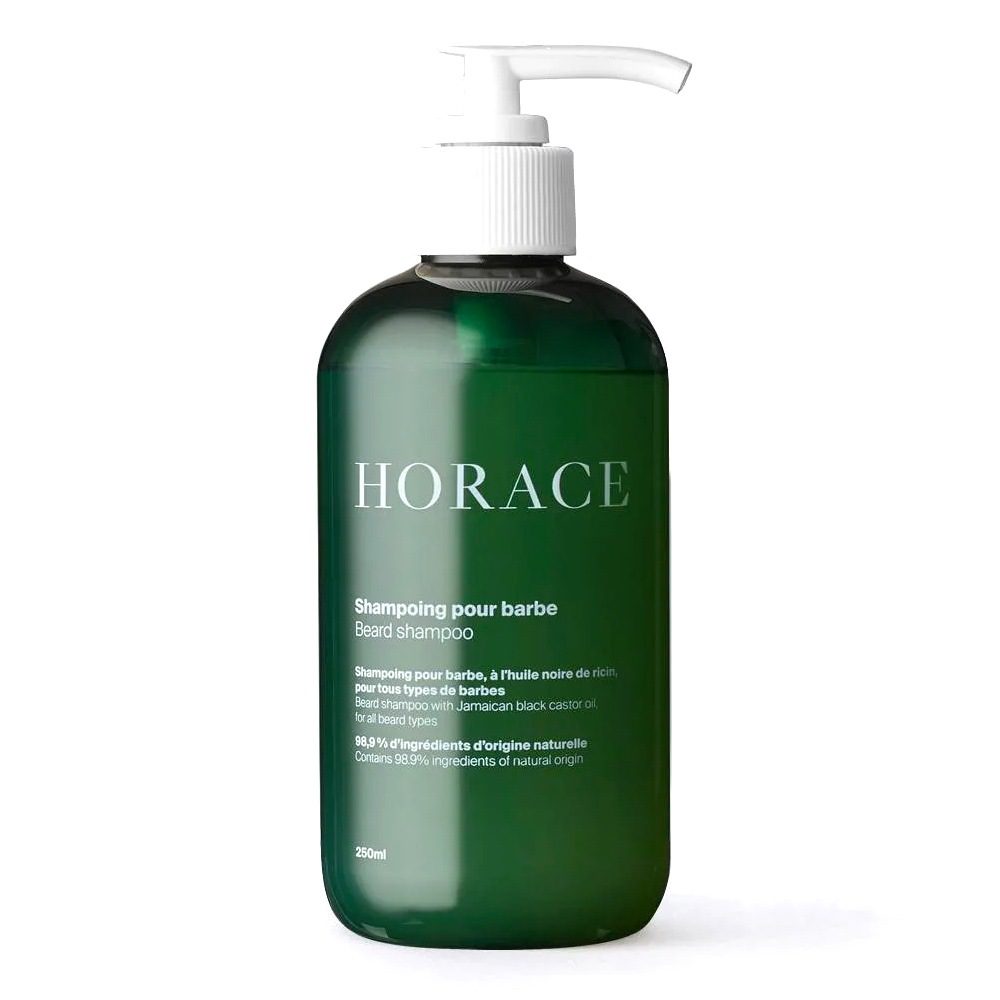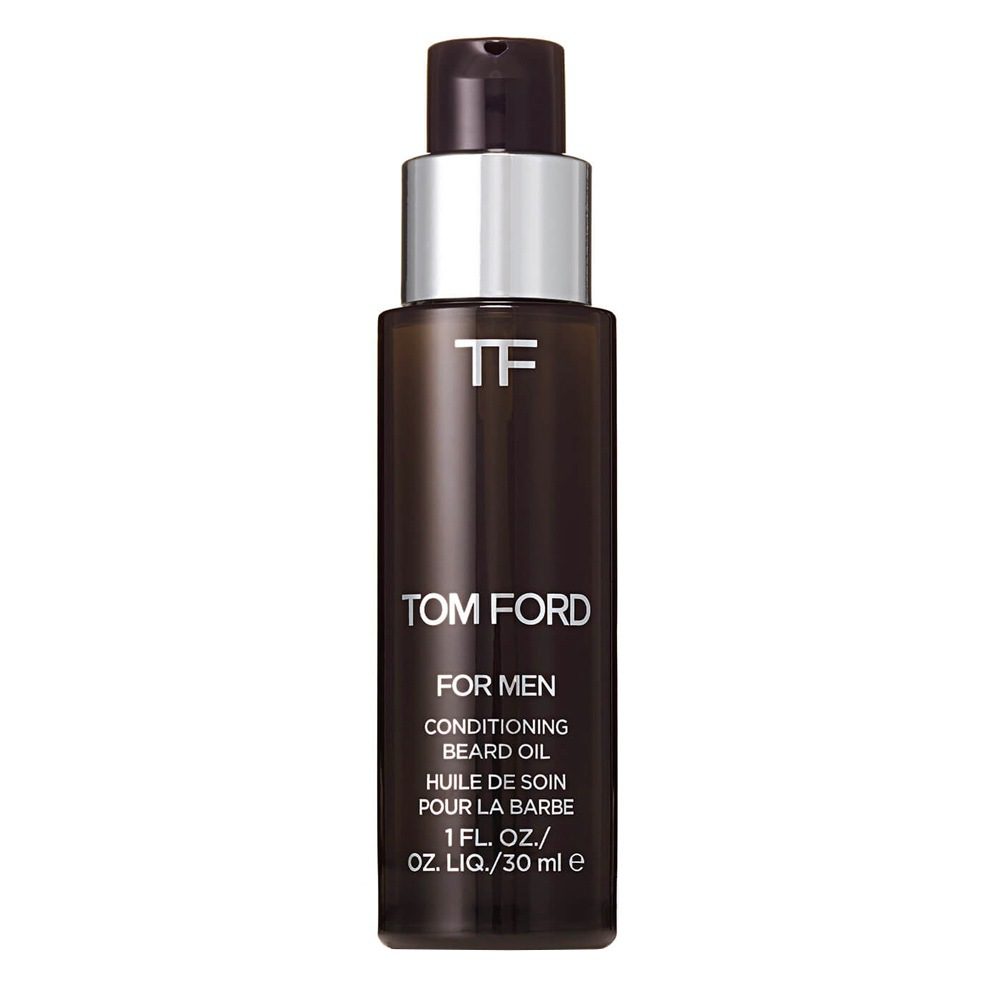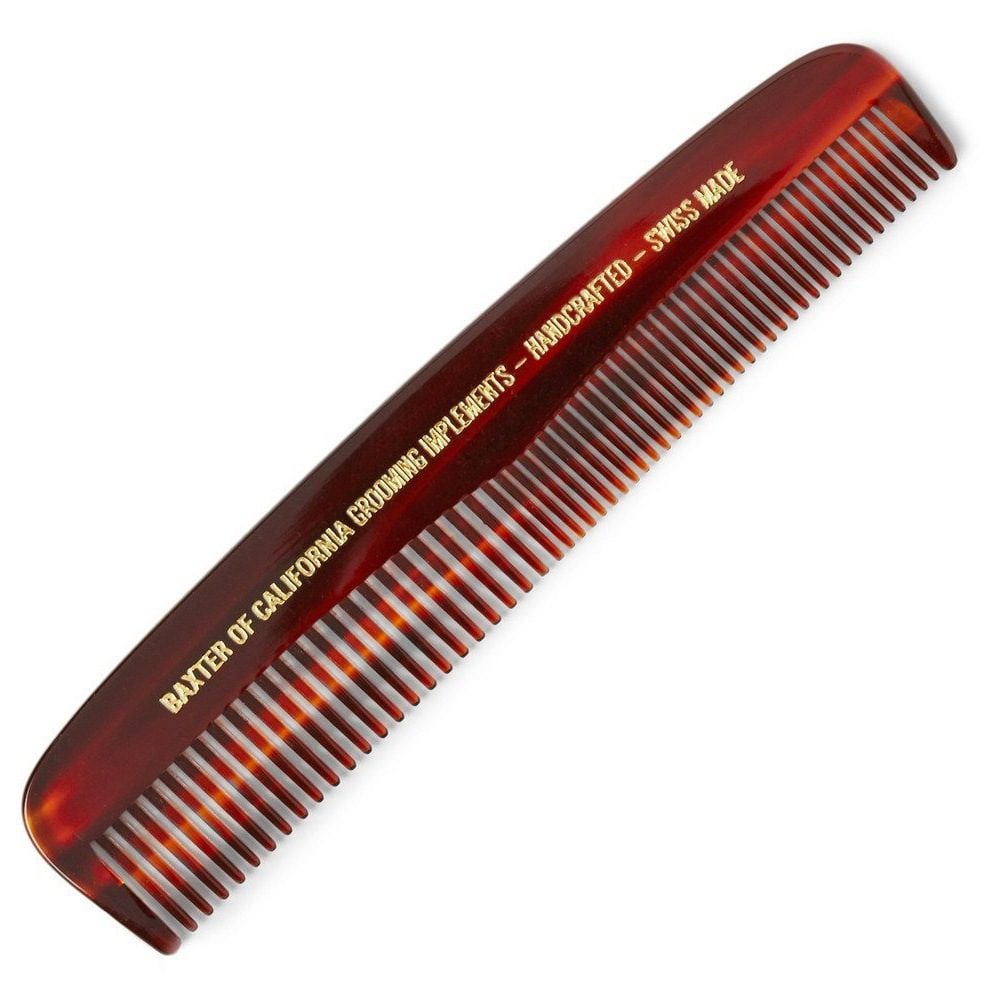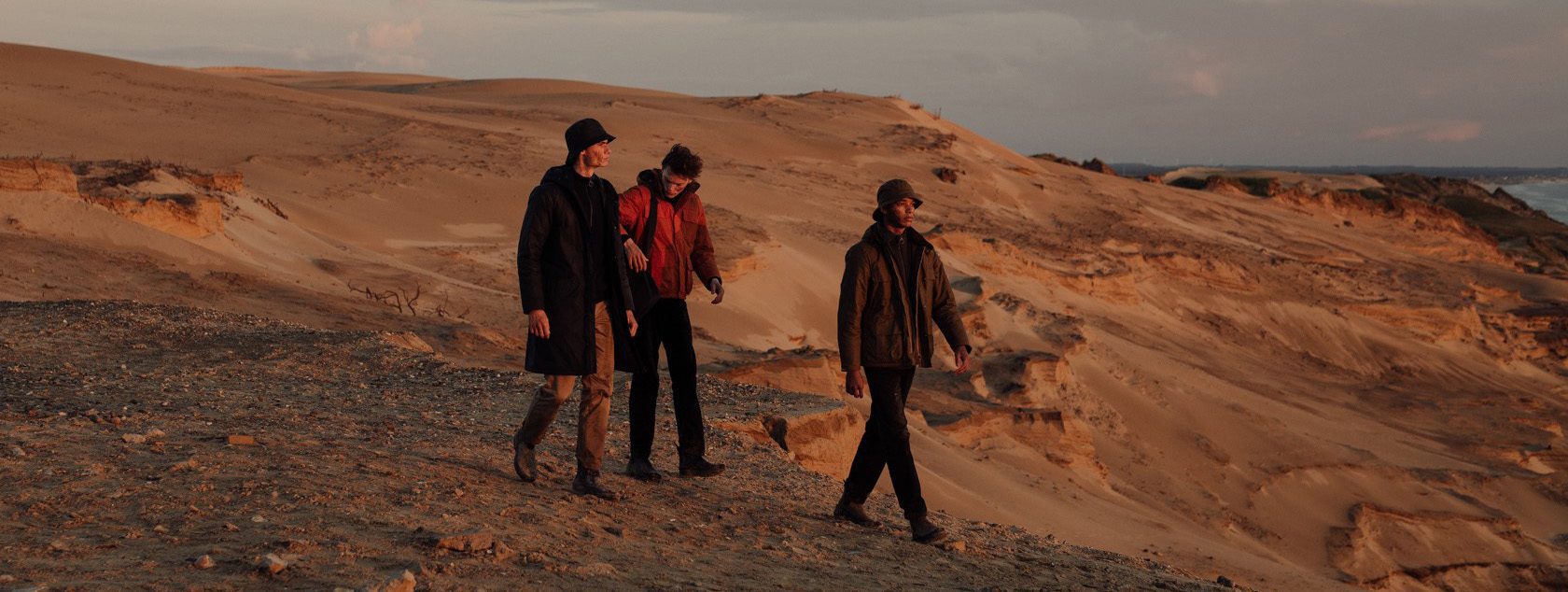Full On: How To Fill In A Patchy Beard
Growing a beard is a rite of passage. In our youth, it’s not something we give much thought to, assuming we’ll be able to sprout a healthy chin forest, in much the same way as we might think we’ll have made our first million or drive a Lamborghini by the age of 35. Alas, some things do not always come to pass. But as we age, we only get hairier, so your best may be yet to come.
Of course, there are differences between beard and scalp hair, so being fine on top doesn’t foretell a wispy beard. The beard has more cuticle layers, which make the hair thicker and coarser with more varied texture, and the growth is less uniform compared with the scalp, with more irregular patterns. Successfully cultivating a bushy chin is a bit of a genetic lottery, so remember that stubble is a bit like a fingerprint – a genetic pattern that is uniquely yours and handed down from your relatives on both sides.
However, sudden hair loss can be troubling and negatively impact our self-esteem. To get back on track, here’s a breakdown of the common causes behind a patchy beard, and some helpful pointers to get you closer to the coverage you’re after.
Root Out A Specialist
Stress, ill health and trauma can all trigger hair loss or impact overall hair growth and quality. Certain conditions can be successfully treated by an experienced trichologist. Based at the Shard in London, Dr Sharon Wong is a ‘tricho-derm’: a consultant dermatologist and specialist in hair loss and hair health.
“Aside from male pattern baldness, many conditions that cause scalp hair loss can also affect the beard,” explains Dr Wong. “There are also genetic factors influencing the number and density of hair follicles in the beard area, as well as dictating how hormone responsive they are.”
Dr Wong treats an extensive list of causes of hair loss including alopecia barbae, folliculitis and fungal infections (ringworm). “The truth is many men naturally have areas where the beard doesn’t grow or grow as well. It will have been that way since puberty and is largely due to genetics. However, patches of hair loss that are acquired later in life can be due to specific hair loss conditions. The most common is a condition called alopecia areata – this is an autoimmune condition whereby your own immune system is attacking the hair follicles and causing hair loss. It usually affects the scalp and typically results in circular patches of hair loss. When it affects the beard it is called alopecia barbae and is commonly treated with steroid creams or injections.”
Absent-mindedly pulling, plucking or playing with your beard is called trichotillomania. This compulsive behaviour can temporarily relieve anxiety and stress, but it can damage the follicles. A stress ball to occupy the hands may help mild cases, otherwise Dr Wong says, “treating the underlying psychological condition is paramount.”
“Folliculitis or razor bumps can sometimes be a cause of beard hair loss especially if the inflammation is severe enough to cause scarring of the hair follicles. If severe, antibiotics or even Roaccutane is used alongside topical antiseptics, and modifying hair grooming practices to minimise friction and irritation of the hair follicles.”
Other specialist treatments include prescription medications, bespoke topical products and RegenLab PRP – platelet rich plasma injections. A consultation with Dr Wong is £320 – but sometimes you can’t put a price on feeling confident again.
Become A Master Of Disguise
Temporary dyes or fillers are a good way of filling in minor patches or to generally bulk out a thinner beard. Toppik make keratin-based fibres that blend undetectably with your hair to help camouflage weedy patches. Artistic barber and men’s grooming specialist Carmelo Guastella recommends choosing “a shade lighter than your natural hair colour; this helps ensure the fibres blend naturally into the hair and beard for a seamless finish.”
In addition, the spray applicator that attaches to the bottle, “gently disperses the fibres, providing extra control, helping to manipulate the facial hair on your chin and jaw, giving the area a crisper, sharper edge and adding density to specific areas of patchiness.”
Play To Your Strengths
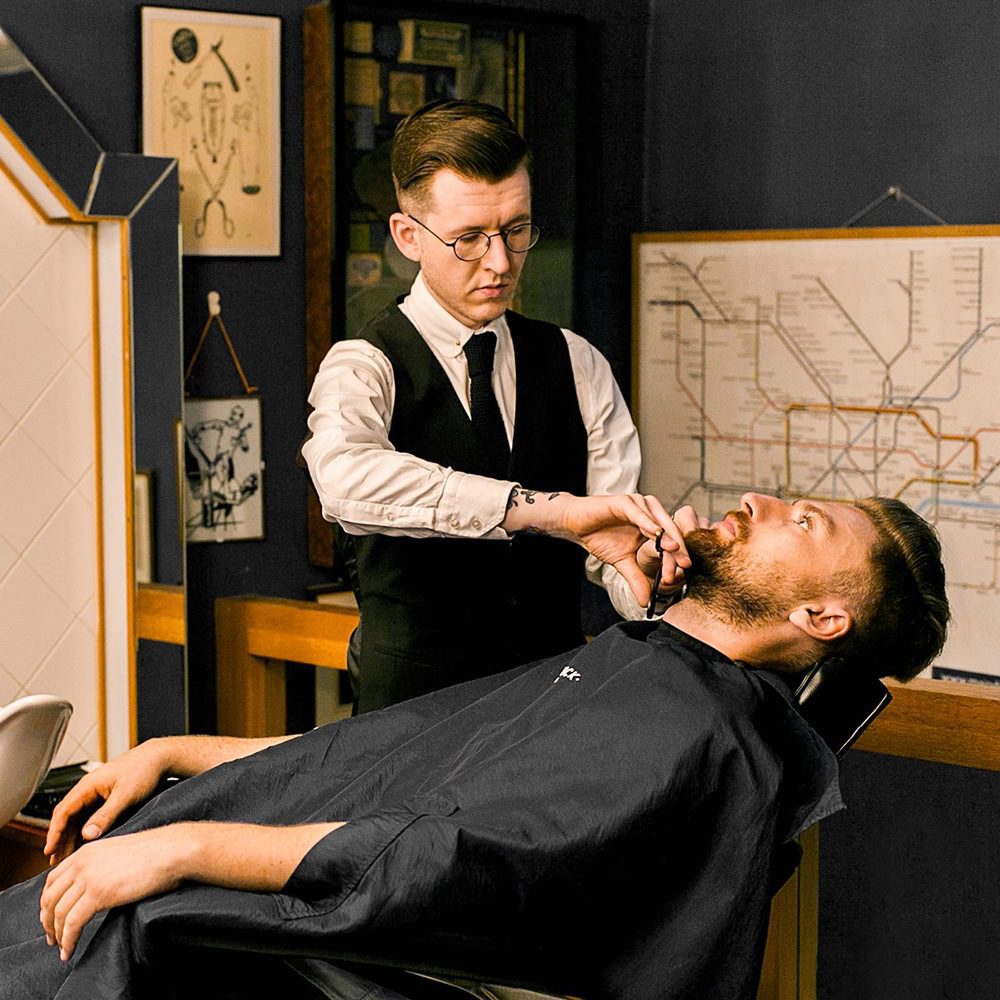
Ruling out any medical conditions, there are a few styling tricks that can give the impression of a fuller beard. Jos Gibson, master beard wearer and founder of holistic beard care line JOS Grooming, knows how to get the best from your beard. “If the growth really is weak, try a facial hair style that focuses where growth is at its fullest. Keep the length, where possible, to soften these areas and avoid layering the beard too short, as this will only emphasise sparser areas.”
Similarly, Guastella recommends, “leaving the hairs around the patchy areas a touch longer and trimming the rest of the beard with a clipper. This technique will create an optical illusion of increased density. Set the highest length setting and gradually trim until you reach your ideal beard length. Use a shorter clipper and comb for the area around the neck and cheeks, this will provide an even finish and contoured shape.”
Beware False Promises
“Rather than pin your hopes on a miracle product, the best thing to do is improve the environment to promote growth,” advises Gibson. “Regular exfoliation is a great way to stimulate circulation beneath the skin and there’s been lots of interest in micro needling to stimulate growth too.” Micro needles prick the surface of the skin, encouraging cell repair and boosting the absorption of topical products – while this can improve the condition of the skin, the results in hair growth are less conclusive.
Guastella says, “there are companies claiming their products – lotions and micro needle rollers – can make your beard hair grow in three months by helping to stimulate hair growth. You can give it a go – any help is welcome – but I wouldn’t put too much stock in these quick remedies which very often aren’t effective.”
Exfoliation will help prevent razor bumps but grainy scrubs are often harder to rinse from longer beards, so try a handheld silicone brush like the Tooletries Face Scrubber instead – the longer bristles can power through longer stubble.
It’s What’s On The Inside That Counts
What you put into your body is arguably more important than anything you can put on it, so boost your beard from within. “It’s worth having a healthy diet and taking vitamin supplements that specifically address hair loss,” Guastella advises.
Model and fitness expert Toby Huntington-Whiteley is behind a line of blueberry flavoured vitamin gummies that contain biotin, selenium, zinc and essential vitamins to ensure you get your daily dose of the specific nutrients that support healthy hair – with better skin and nails thrown in as a bonus.
Viviscal is another clinically-proven hair-growth supplement, which contains zinc, vitamin C, silica. millet seed and a specific marine protein complex to boost the repair of hair cells.
Go Back To Basics
Sometimes, it’s just a case of putting the effort in to get that fuller look. “Unkempt or dry beard hair can also make the beard look patchier,” says Carmelo. “So make sure you look after your beard by washing, conditioning and hydrating the hair with a leave-on oil or balm, followed by a comb through.”
Brushing and combing the beard can also stimulate circulation and distribute oils through the follicles to improve the condition of the hair, giving it shine and preventing breakage.
